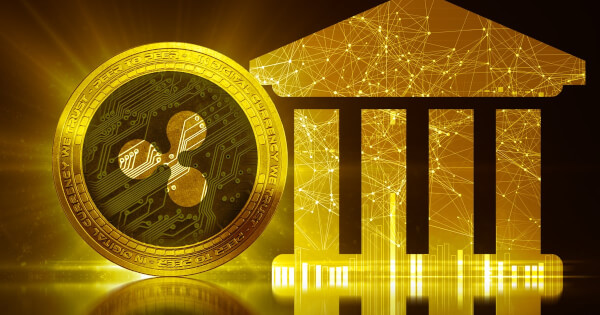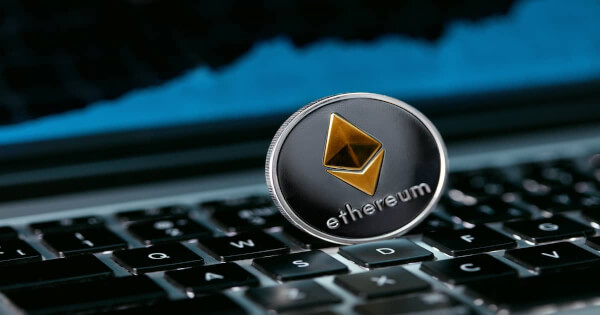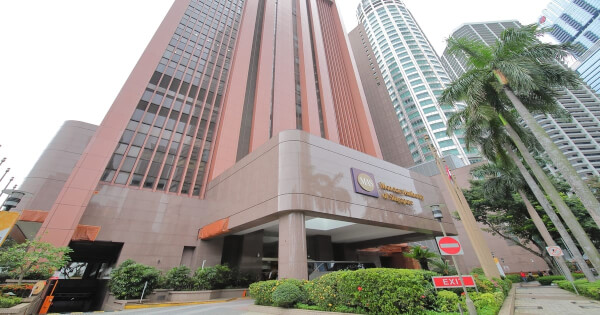Ripple (XRP) transforms cross-border payments with blockchain technology.


Ripple is making significant progress in revolutionizing cross-border payments by leveraging blockchain technology and its native digital asset, XRP. According to the Ripple Blog, trillions of dollars are transferred across borders every year, but existing mechanisms are still slow, expensive, and error-prone. Ripple aims to solve these inefficiencies by creating a payment solution that is seamless, cost-effective, and reliable.
How Ripple Payments Work
Existing cross-border payment systems rely heavily on a reduced network of correspondent banks, resulting in slow settlement times, lack of transparency, and up-front financing requirements that tie up valuable working capital. These problems are even more pronounced for transactions involving underdeveloped regions and small transfer amounts, which can incur fees ranging from 10% to 20% of the principal amount.
Ripple Payments simplifies the process by reducing the number of intermediaries, reducing costs and removing unnecessary friction. XRP acts as a bridge currency, enabling faster and more efficient transactions. The underlying blockchain technology ensures real-time updates and proactive pricing, making the process transparent and reliable.
Customer Experience and Efficiency
Ripple Payments uses fixed FX exchange rates to link two currencies in just 3 seconds, significantly reducing transaction times compared to traditional systems that can take 3-5 days. According to Ripple.com, 58% of global payments leaders consider faster payments as the best value proposition for integrating cryptocurrency into cross-border transactions. Additionally, Ripple’s network covers over 90% of the global FX market, providing extensive reach and accessibility.
Unlike traditional banking systems, Ripple Payments operates 24 hours a day, including weekends and public holidays, ensuring continuous service. This feature is especially useful for businesses and individuals who require timely transactions without being limited by banking hours.
Compliance and Security
Ripple prioritizes compliance from the beginning, ensuring its payment solutions meet global standards such as ISO 20022, ISO 27001, and SOC 2 Type II. This compliance-first approach enhances transparency and security, enabling users to meet a variety of regulatory obligations, including sanctions screening and record keeping.
XRP Ledger, the blockchain platform underlying Ripple Payments, is designed for business applications. Immutability ensures that once a transaction is recorded, it cannot be altered or deleted, protecting data integrity and security.
Global financial status and future outlook
The financial environment is rapidly evolving, and blockchain technology is playing an increasingly pivotal role. According to Ripple.com, 90% of global financial leaders believe blockchain will have a significant impact on business, finance, and society within the next three years. Financial institutions are actively building cryptocurrency-based or digital asset teams to stay ahead of this innovation curve.
Ripple is at the forefront of this change, bridging the gap between traditional finance and digital assets. Compliance with global standards such as ISO 20022 reflects our commitment to global interoperability and our ability to facilitate seamless cross-border transactions.
the future of finance
Ripple Payments is set to revolutionize cross-border transactions, allowing value to move globally as efficiently as information today. Despite persistent misconceptions about blockchain and digital assets, Ripple provides a fast, reliable, and affordable solution, paving the way for a more inclusive and efficient global financial ecosystem.
Image source: Shutterstock
. . .
tag



